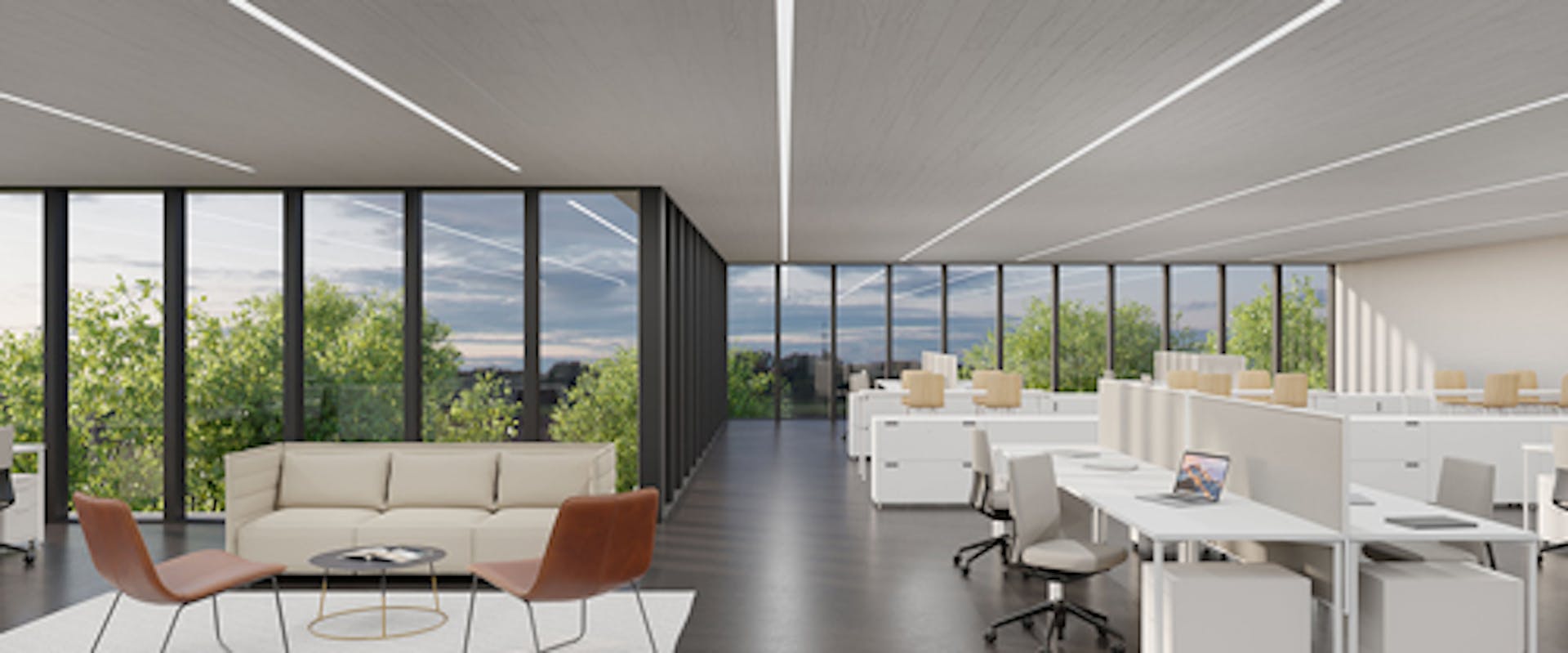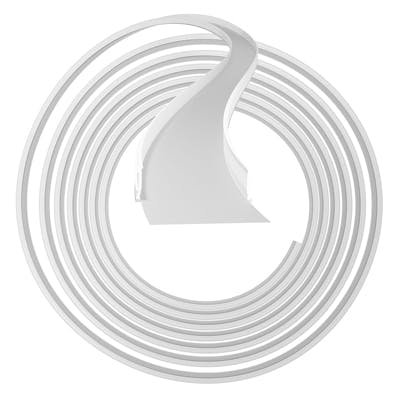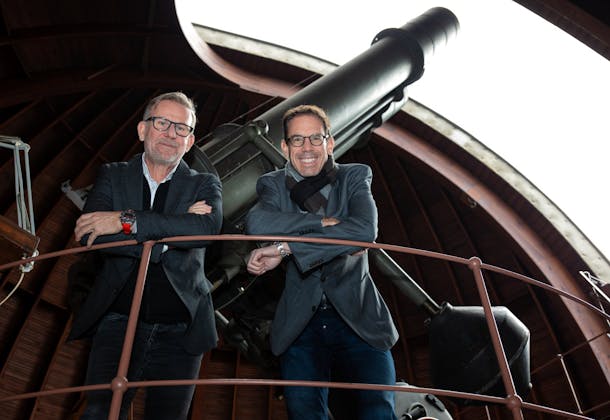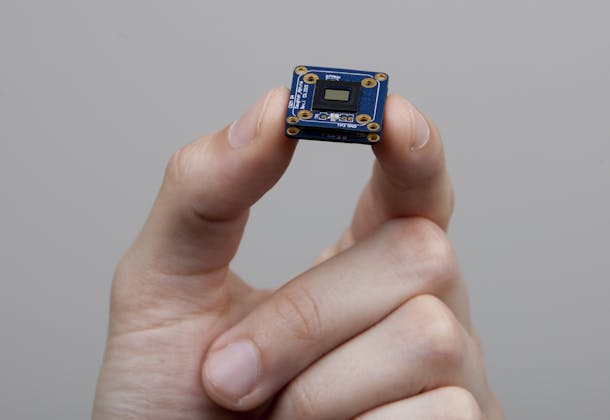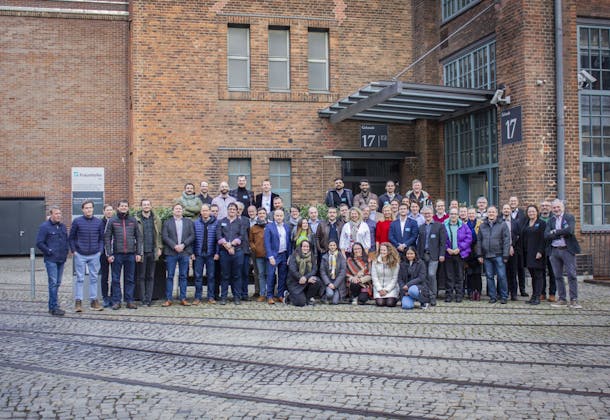Launched in March 2020, RUN+ is the first in a long line of innovations that can benefit from microtechnology. "Even though the use of light management optical microstructures is still in its infancy, design algorithms and manufacturing technologies are rapidly evolving. This will open new doors to optical engineers, lighting designers, and product developers, allowing them to reach further than ever before and turn their design ideas into innovative products,” adds Mr. Joder, CSEM.
Three questions for Oscar Fernandez, Project Manager in charge of the RUN+ project at CSEM
What are the unique characteristics and advantages of microstructured surfaces?
In the case of RUN+, being thin and flexible means that the product can be manufactured using a continuous, cost-effective, roll-to-roll technique, providing maximum coverage at a reasonable cost. Producing an ultra-flat product by nature means it needs to be lightweight, and the thin microstructure surface adds almost no weight. Another key element is that the beam-shaping microstructures can’t be seen by the naked eye. In terms of aesthetics, they are ideal as they don’t hinder the minimalistic nature of RUN+’s design. Lastly, it’s worth mentioning that the design of the microstructures can be adapted to achieve different light distributions.
The market for adopting of complex optical microstructures is booming, not only in the lighting sector but across different domains. Thanks to increased computing power, we can see the better implementation of sophisticated design and simulation algorithms. In parallel, technologies like ultra-fast lasers are now making it possible to manufacture complex optical microstructures with precision levels that would have been difficult to imagine only a few years ago.
What challenges did CSEM face when developing the RUN+ diffuser?
For RUN+ there were a few technical aspects that required a little extra brainpower with some issues rooted in the design, manufacturing, and characterization phases. For example, our team had to develop new routines to effectively simulate large numbers of non-sequential microlenses, something we are adept at now, but found more difficult at the beginning. Another time we had to develop a lab-scale photo-goniometer to test the manufactured microstructures and verify our designs.
Thankfully, CSEM are a European reference center in micro/nano optics and photonics, and one of our core R&D activities is the development of nano and microstructures with innovative optical functionalities. It’s great to be able to put all this knowledge to use if we hit any bumps in the road, especially when working on new research areas such as lighting. The collaboration with Regent was a seminal moment for us.
Where is the CSEM x Regent Lightning collaboration going to go in the future?
CSEM and Regent share a passion for innovative lighting solutions and products. From the very beginning, we have established an excellent relationship based on mutual trust and respect. In turn, this has led to many follow-up collaborations. We have recently completed a project closely related to RUN+ and hopefully this will soon materialize in another innovative product release from Regent.
